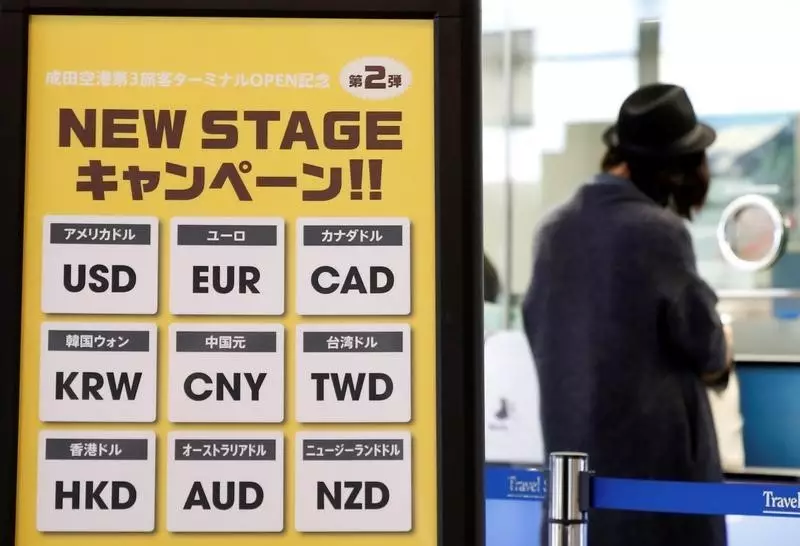Recent developments regarding Iran’s nuclear ambitions have sparked renewed discussions in both domestic and international arenas. With the possible resumption of Donald Trump’s “maximum pressure” approach looming as he prepares to take office, Iranian officials express mixed sentiments about their nuclear future. Trump’s exit from the Iran nuclear deal in 2018, a cornerstone policy established during the Obama administration, has left reverberating impacts. Iran’s compliance with restrictions on uranium enrichment is under scrutiny as key figures in the Iranian government signal that 2025 could become a decisive moment in the ongoing nuclear discourse.
Abbas Araqchi, Iran’s Foreign Minister, recently highlighted in a briefing that 2025 symbolizes a pivotal year concerning Iran’s nuclear activities. While specific details about why the year is significant remain ambiguous, it underscores a larger strategy of preparedness against potential escalations in U.S. sanctions or military actions. The Iranian leadership’s apprehensions likely center on possible Israeli military action against its nuclear installations, orchestrated in coordination with U.S. foreign policy. Arguably, underlying Tehran’s declarations is a proactive effort to engage with partners, like China, while guarding against geopolitical adversaries.
While the political landscape shapeshifts, Iran grapples with profound economic ramifications directly tied to its nuclear policy and external pressures. The Iranian rial continues to plummet, recently breaking records by reaching an unprecedented low of 820,500 rials against the U.S. dollar. The economic strain, exacerbated by severe inflation officially pegged at nearly 35%, compels Iranians to seek refuge for their finances in more stable commodities, including foreign currencies and even cryptocurrencies. This economic breakdown illustrates a vicious cycle where political uncertainty feeds into a declining currency, further destabilizing an already precarious national economy.
As the inauguration date approaches and the specter of renewed U.S. sanctions becomes tangible, Iranian officials are navigating a complex web of domestic unrest and international scrutiny. Consequently, their diplomatic overtures, particularly towards allies like China, become essential in securing economic support amid sanctions. Moreover, the Iranian populace’s growing frustration over economic hardships could fortify the government’s resolve in asserting its nuclear capabilities as a national imperative rather than a negotiable point.
The evolving situation poses a question of strategic foresight as Iran braces for a potentially confrontational period characterized by heightened sanctions and military threats. Overall, the intertwined fates of Iran’s nuclear ambitions and its economic survival depend on multifaceted international dynamics that will surely unfold in the coming years.


Leave a Reply